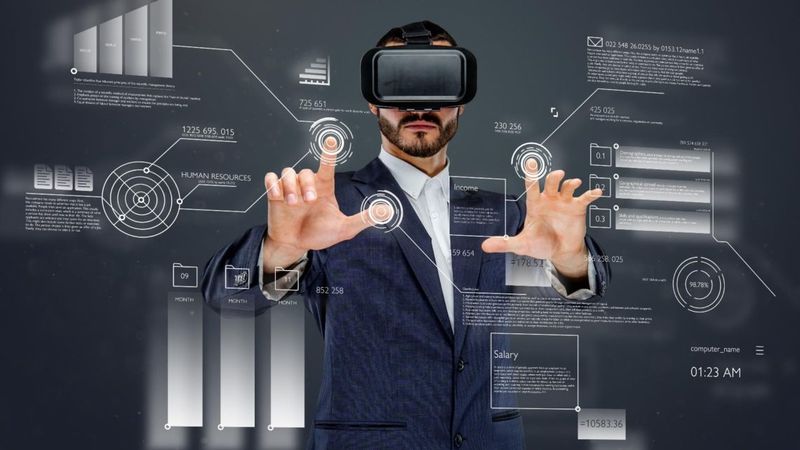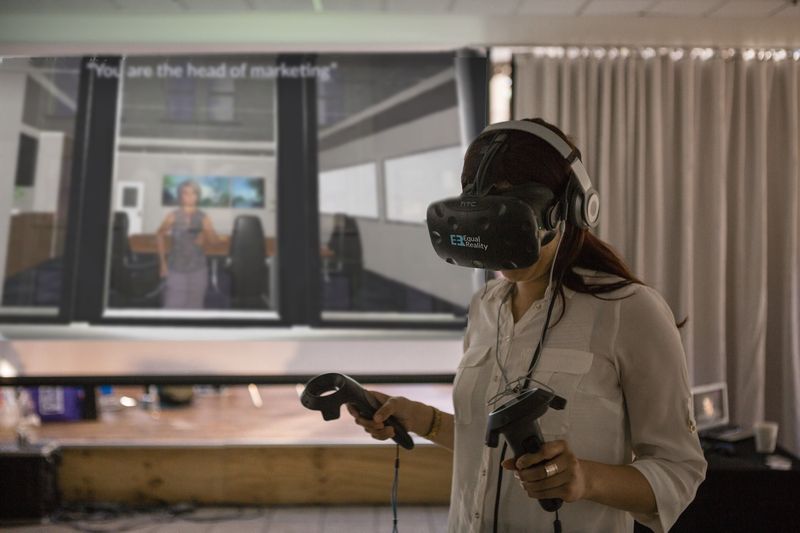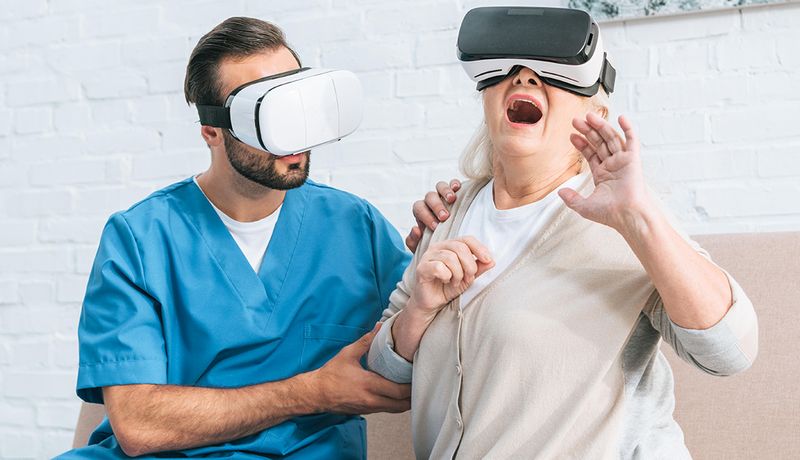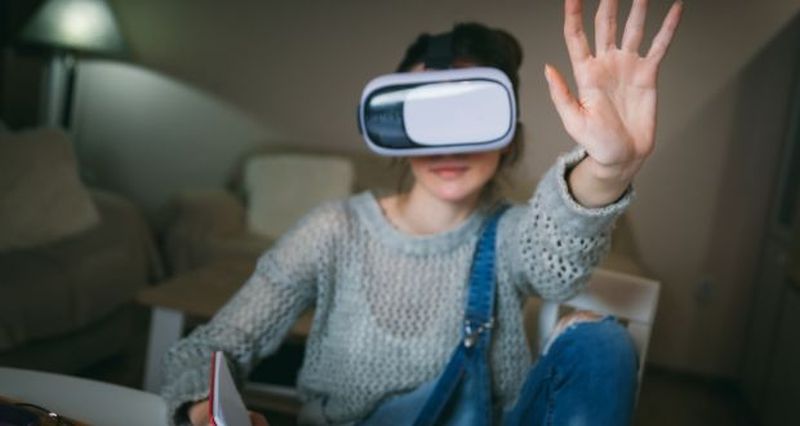Virtual reality is a tool capable of giving everyone what they need at the moment. It is impossible to deny the high demand in virtual reality in the entertainment and gaming industry. However, using VR for entertainment has become something common already. We can’t deny the growing importance of virtual reality in handling social diversity issues, professional and private training, or remote work. It is especially meaningful in healthcare because it provides the industry with life-saving benefits, which you can find out from this article.
Many VR trends appear as all these fields are changing and more social issues become revealed, considering the recent events in the USA. This article aims to describe the latest VR trends taking place as the answer to the changes around the world in 2024.
List of Essential VR Trends in 2024

2024 was supposed to be a year of intensive social interaction transformations with VR. However, the critical situations started happening one by one, causing the entire world to get involved. For this reason, bright minds are working hard to improve our world via virtual reality implementations. For this list, we have gathered five most topical virtual reality trends to show how this technology helps solve various problems. Let’s get started with the issue that has been one of the most essential for decades.
1. Making differences matter

The problem of prejudice against other people based on race, age, gender, social status, identity, etc. has always been relevant. Even though there are many initiatives for celebrating diversity, society keeps judging people who don’t support the majority opinion. VR specialists have already taken steps towards fighting intolerance, increasing social responsibility and cultivating empathy in people.
One of the most noteworthy projects is Equal Reality, which lets people be in the shoes of someone else. A user is free to select any gender, age, gender orientation, nationality, or physical characteristics and experience a different life following the predefined scenarios. In this way, creators want to change attitudes to diversity and reduce discrimination.
2. Improving medical care

Virtual reality shapes the future of healthcare. Clinics are already implementing professional training for surgeons-interns by simulating real operations virtually. This training makes it possible to graduate more qualified physicians and improve the quality of medical services. Technological companies are developing virtual consultation rooms to involve international specialists in the treatment of serious diseases.
Many medical startups use VR technology to slow down progressive diseases like Alzheimer’s and reduce the stress of oncology patients. For example, a Peruvian startup FeelsGood uses virtual reality to let people who must go through radiotherapy, chemotherapy, mastectomy, or other interventions can enjoy a playful environment in VR glasses to distract from pain and discomfort. More implementations of virtual reality are expected in ophthalmology, dentistry, and physical therapy.
3. Focusing on hands-on learning

Even though online learning has been popular lately, it is still inefficient for some people. The problem is that online learners lack the self-discipline to keep on with their courses. For this reason, experts started to talk about bringing education to virtual reality to drive enthusiasm and increase student involvement. VR technologies let people immerse themselves in real cases of the field of their professional interest.
By using VR, the Doghead Simulations company helps anthropology students explore underground tunnels of ancient pyramids, solve riddles, and learn ancient languages. Such technologies are efficient for corporate training when there’s a need for faster onboarding of new staff or improving KPIs of an individual employee.
4. Making get-togethers more engaging

The tendency to create VR chats and spaces is ongoing and will gain even more popularity in the future. These are the spaces where people can find friends from around the world, attend musical events, gather around the fire with their friends and family, travel to places they’ve never been before with anyone, create interest clubs, etc. Besides, the VR implementations allow overcoming social anxiety and awkwardness.
The AltSpace and VRChat are good cases in point. Their creators are working on bringing the more realistic experience of a human image for social meetings in VR. Such projects aim at creating more natural reproduction of both facial expressions and body movements. One of the most active companies working on virtual gatherings improvement is Facebook Reality Labs.
5. Enhancing remote work

As the trend for remote cooperation keeps going, the way people interact during such collaboration is changing. Remote work is an efficient way for a company to reduce office equipment expenses and expand by hiring staff from any place in the world. However, many people say that the quality of their communication with colleagues leaves much to be desired. Virtual reality is capable of solving this problem.
For example, MeetinVR helps distant teams hold work meetings in virtual spaces. In this case, VR provides all features of a physical office. Employees can start a session to connect with their colleagues from anywhere in the world and easily manage documents and 3D-objects, take notes, or present their ideas. Virtual colleagues can shake hands, nod, pat you on the back, shrug one’s shoulders, and even approach the coffee machine, even though they wouldn’t be able to drink virtual coffee.
Conclusion
Whether you want to escape from reality, socialize without leaving home, party, study, or work, you can have it with a VR headset. Still, if we take into account the opinions of specialists, fans of technology, and people who only periodically came across it, we will come to one conclusion. Even the most incredible innovations cannot fully replace real communication and interaction between people. However, when a person has no access to such interaction, virtual reality becomes in handy.


